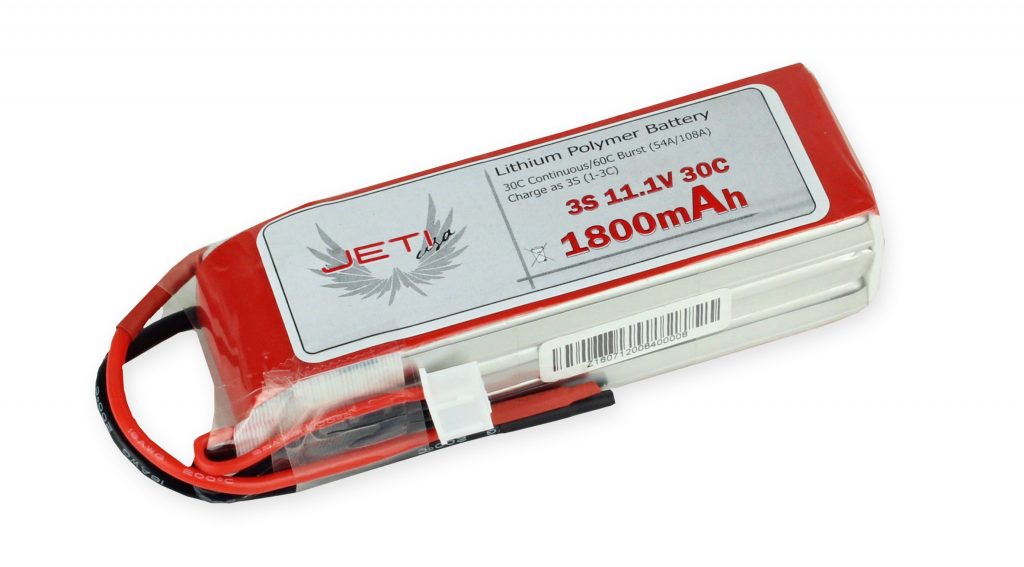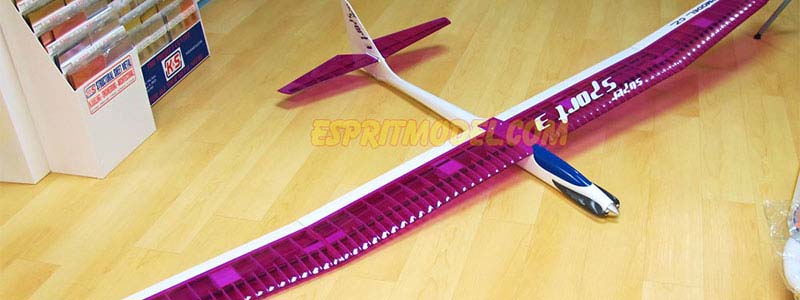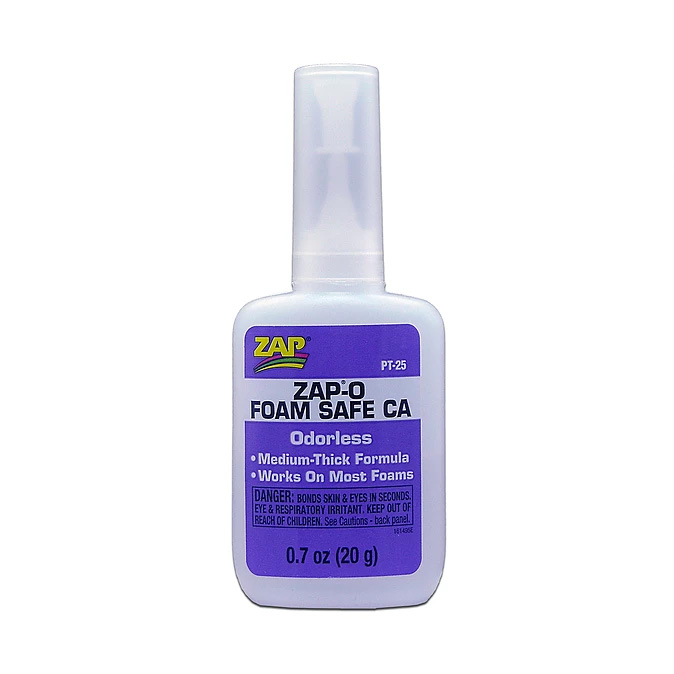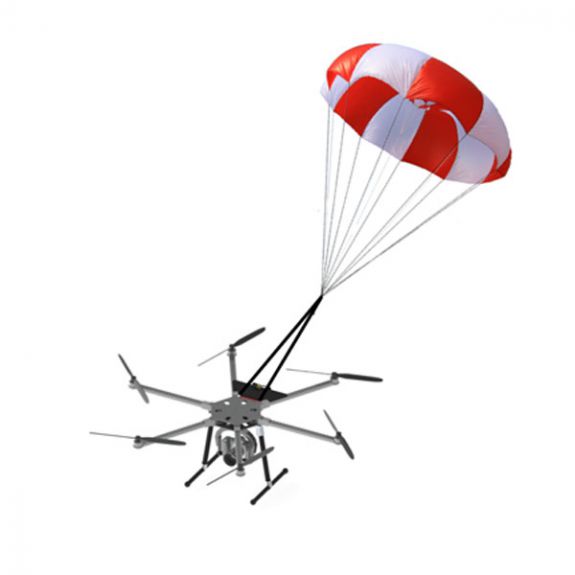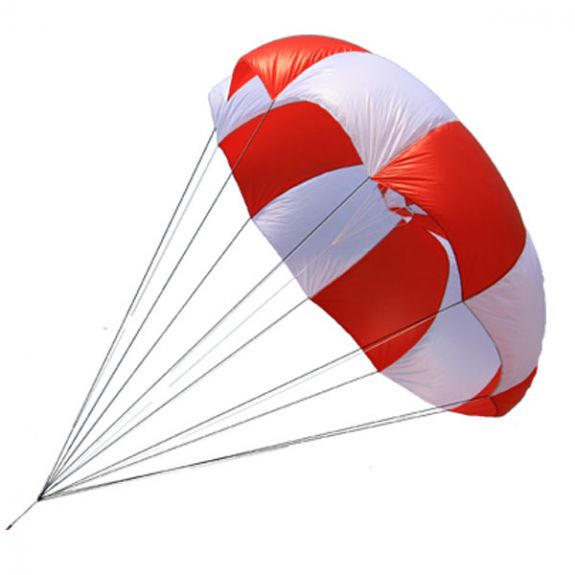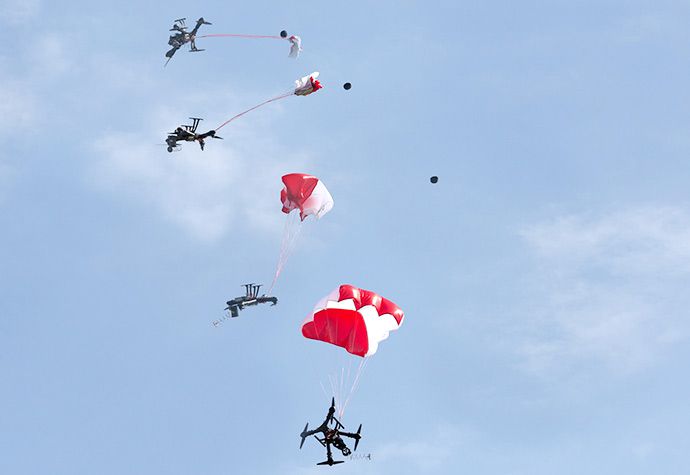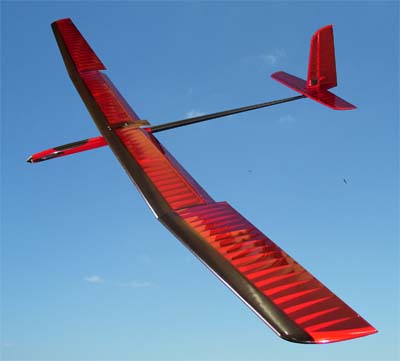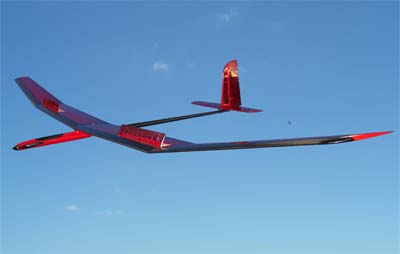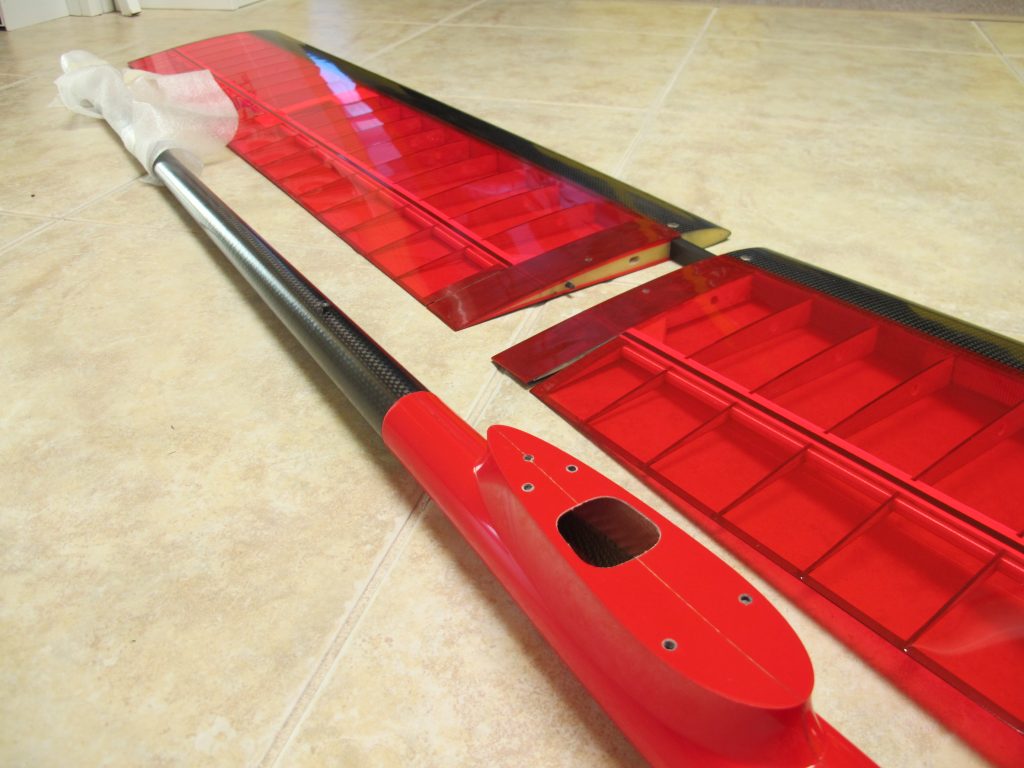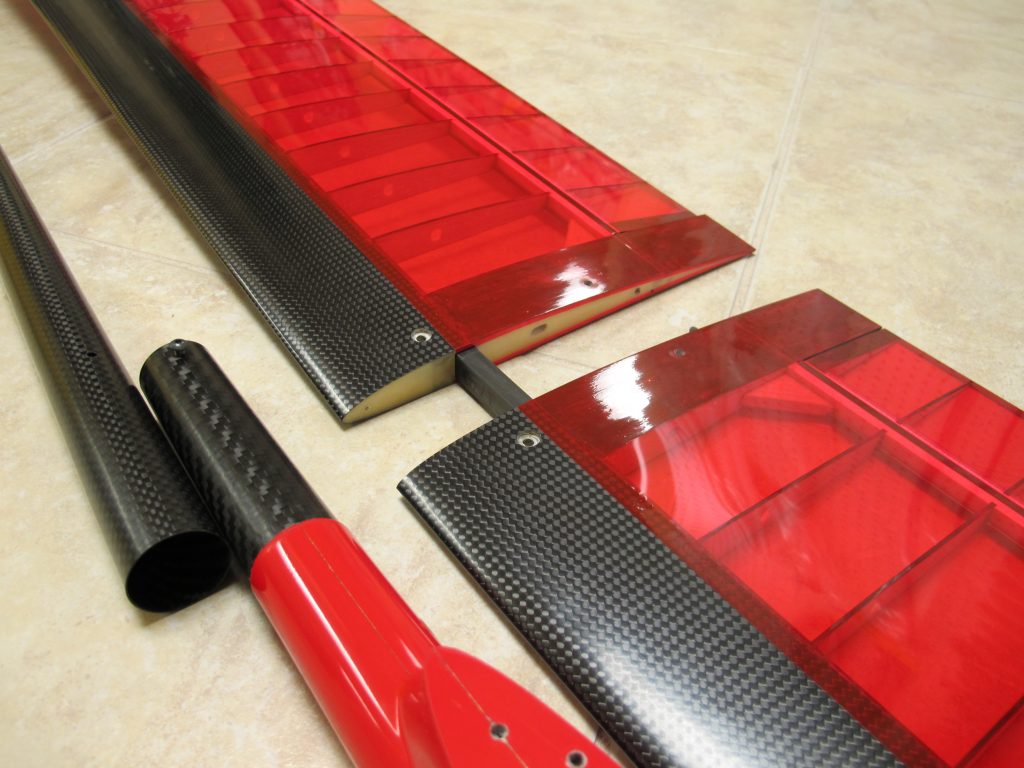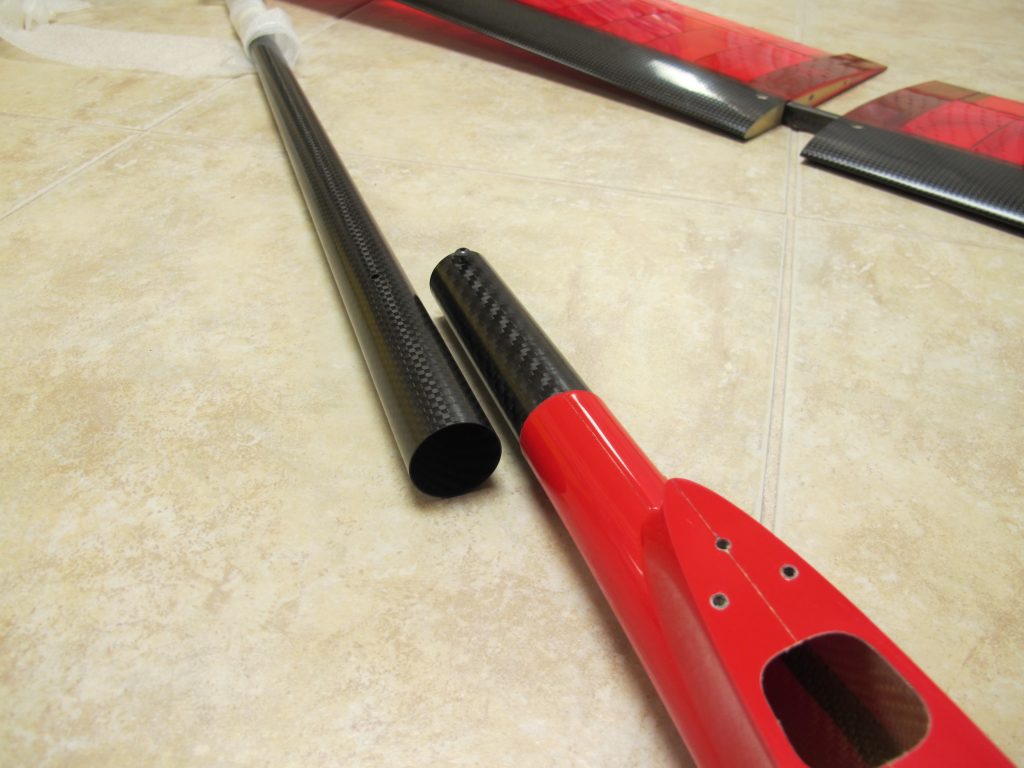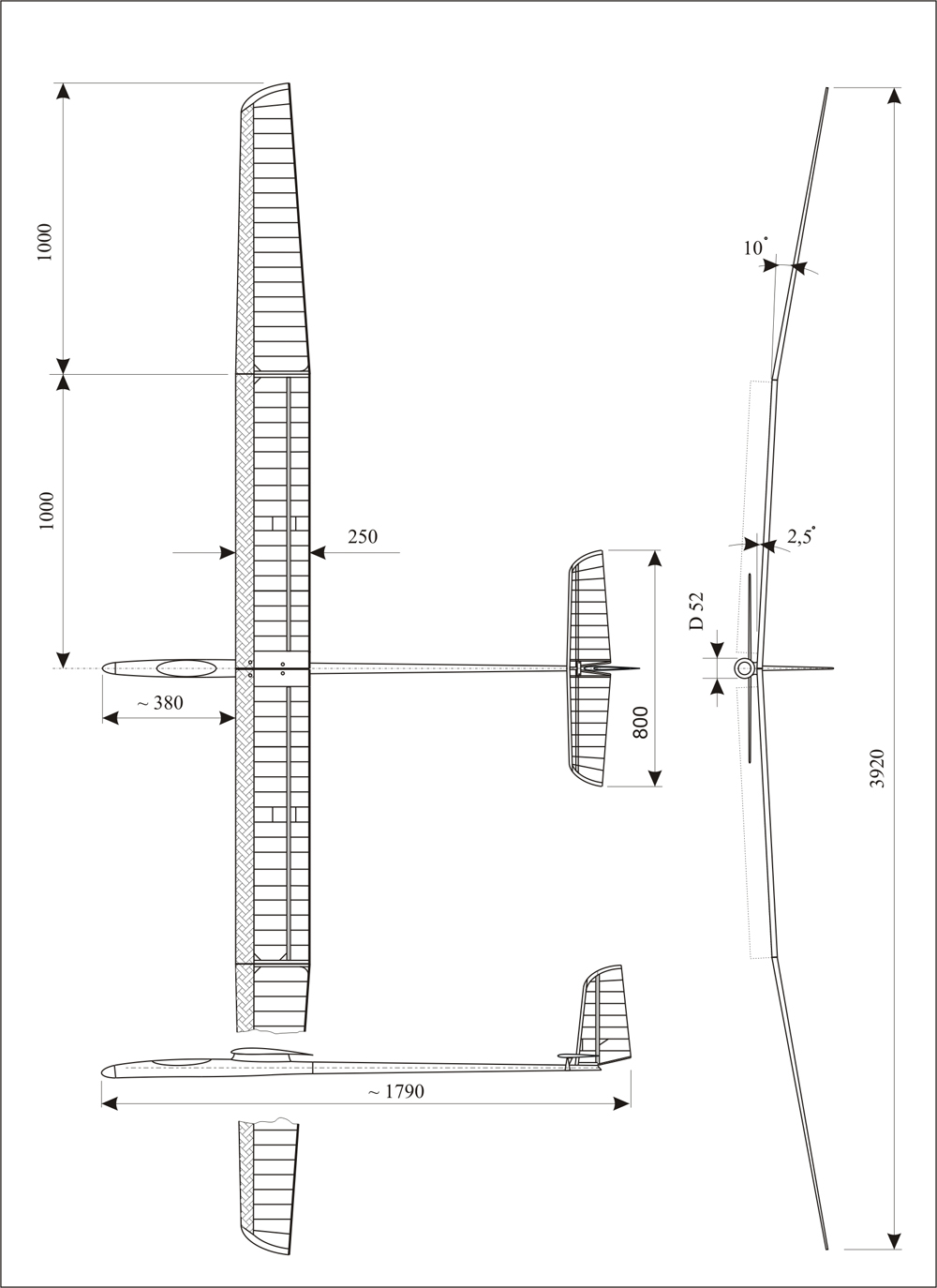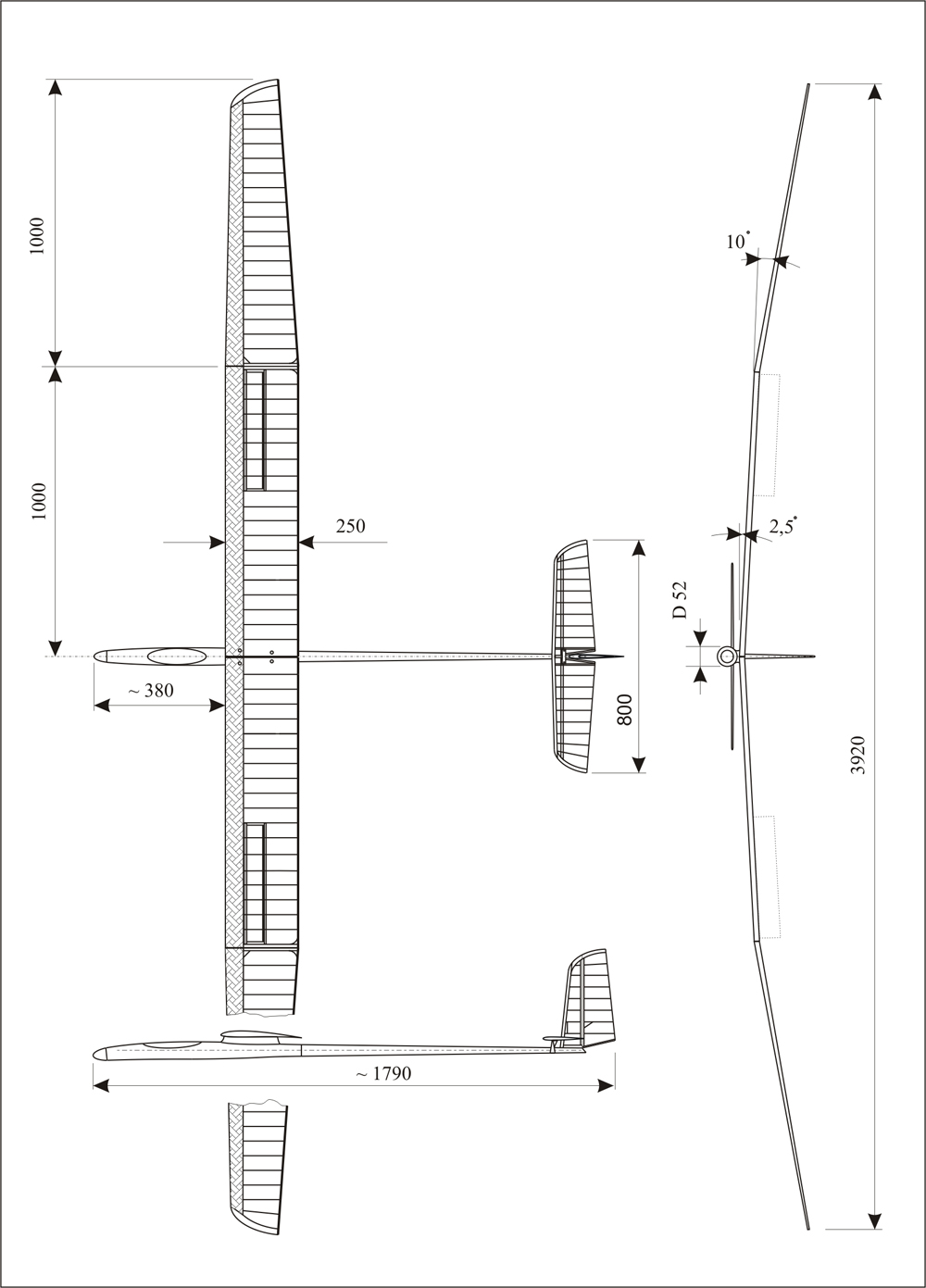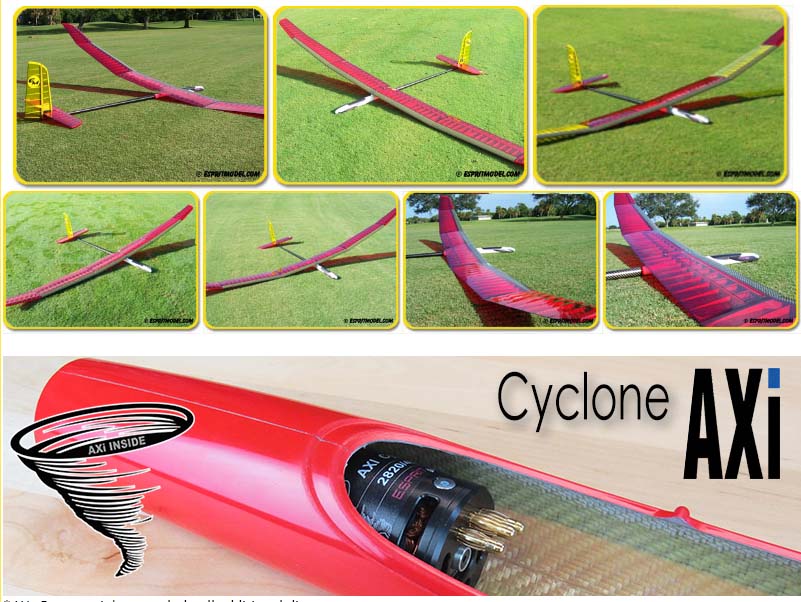The newest update for the Jeti DC/DS 24, DC/DS 16, and DC/DS 14 Transmitters is here.
Read on to find out what has been added and what has been changed in the update.
New Features:
1. (DC-24 only): Model description (a “label” parameter) has been added to the Model – Basic Properties menu. The label is then shown while you browse the model list within the Model Selection menu. The label has an informative meaning and should be used to distinguish between similar models.
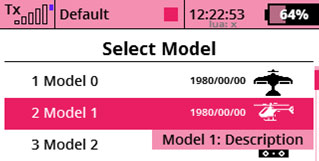
2. Lua is now available for DC/DS-14, DC/DS-16 and DC-24.
3. New functions and possibilities have been added to the Lua programming API.
4. Several function and new options have been added to provide seamless compatibility between DC/DS-16 and 24.
5. Any Lua telemetry screen can be assigned to the top status bar (instead of default clock). See the Timers/Sensors – Main Screen menu.
Dual Rates/Exponential Smooth Transition
Added option for proportional and smooth Dual Rate/Exponential transition. See the Fine Tuning – Dual Rate/Exponential menu and check the “Prop.” option. If you assign any proportional control as a DR switch, you will be able to set the DR/Expo values more precisely.
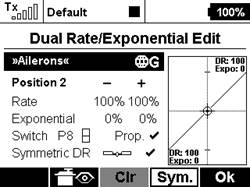
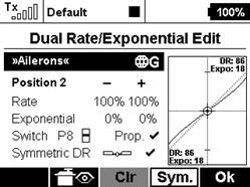
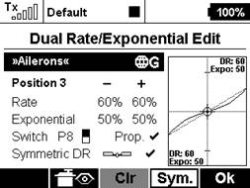
New Option for Smooth Curves
Added option for smoothed function curves (see Fine Tuning -Function Curves, Fine Tuning -Free Mixes, Fine Tuning -Butterfly).
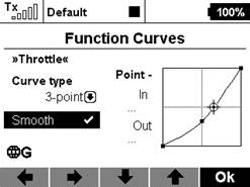
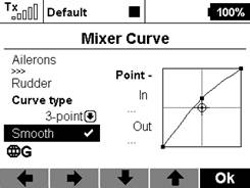
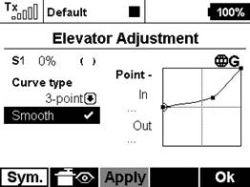
New Digital Trim Functionality
The digital trims (Fine Tuning -Digital Trims) can now work in two additional independent modes:
3-Position Momentary Switch Emulation: The up/down positions are active only as long as you hold the corresponding trim button. Default value is otherwise 0%.
Rotary Functionality: Every time you press the trim button the value is increased or decreased according to trim step. This creates an arbitrary number of predefined positions of the trim control which is useful for example for switching flight modes of stabilization systems. Default value is -100%.
Modifications:
1. Fixed heli and airplane gyro settings (Fine Tuning – Gyro Settings and Governor menus, a problem had appeared in V4.20 and was immediately solved by version 4.20.1).
2. Fixed Throttle Limiter function behavior if an expo value is non-zero.
3. Date in the Model Selection dialogue is now displayed correctly.
4. Sensor selection dialogues now contain sensor name together with parameter name, e. g. “MUI: Current[A]”.
5. Frequency response of the vario sound has been modified to better match high performance variometers.
6. Corrected behavior of telemetry alarms if a “silent” sound profile is selected.
7. Lua: Function system.get Inputs (“P3″,”P4”) now returns correct values for both stick controls.
8. Lua: Function system.vibration() now behaves correctly and according to specification.
9. Lua: The top status bar now displays an informative text if Lua environment is not running (“lua: x”). Lua can be stopped for example in the Model Selection menu, Device Explorer menu or while you are creating new model.
10. Lua for DC/DS-16 and DC/DS-14: Optimizations in the Lua core have been applied so that it now consumes less memory.
11. Lua for DC/DS-16 and DC/DS-14: A hard-limit has been set to limit the memory consumption of the applications. If the Lua environment exceeds 50kB, all scripts are killed.
For more information on updates check out the link below.
(Full Story)
https://youtu.be/dzSCZT7Don4


